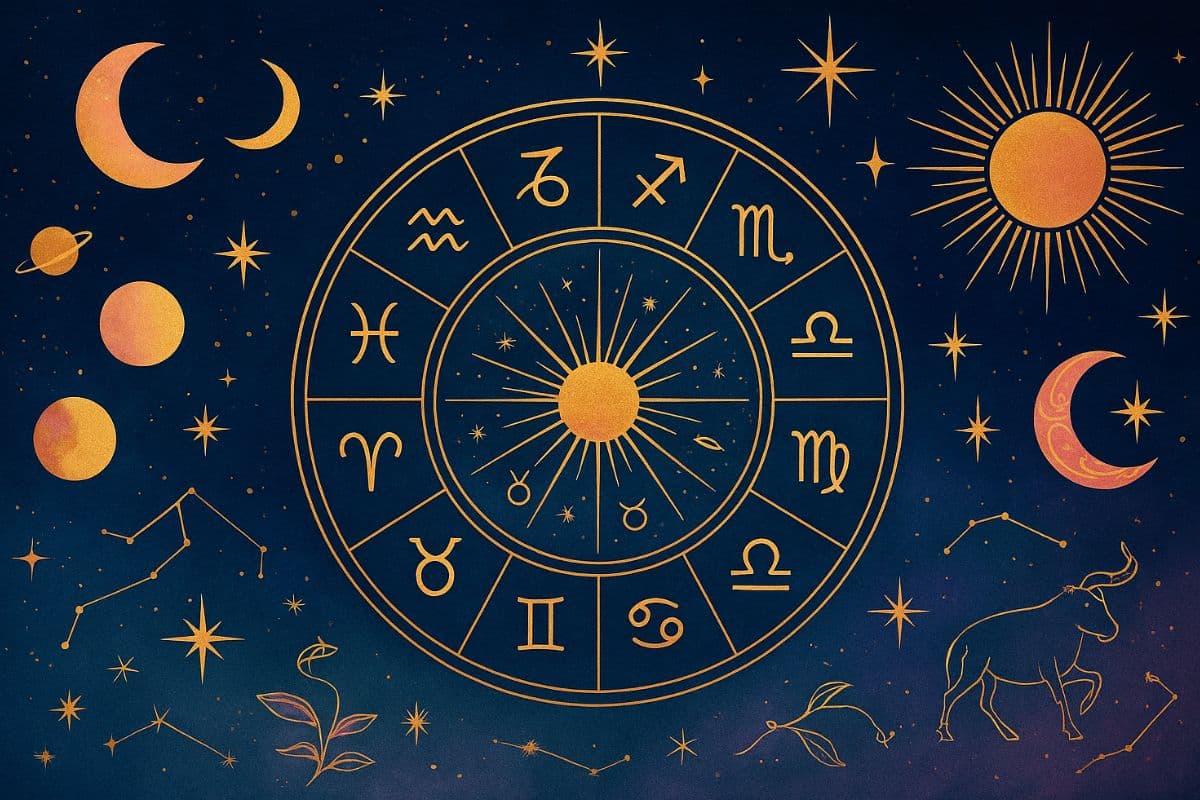Dhumavati Jayanti: Rituals To Invoke the Wisdom Goddess On June 2, 2025

Dhumavati Jayanti is not a day of celebration in the conventional sense—but a time for reflection, inward journeying, and embracing the truth that life includes impermanence, loss, and transformation.
Dhumavati Jayanti is observed on the Ashtami Tithi (eighth lunar day) of Shukla Paksha in the month of Jyeshtha, according to the Hindu lunar calendar. In 2025, the Dhumavati Jayanti Ashtami tithi begins on June 2, 8:34 PM, and it will end on June 3, 9:56 PM
This sacred day is dedicated to Goddess Dhumavati, the seventh of the Dasha Mahavidyas (Ten Great Wisdom Goddesses) in Tantric tradition. It is a powerful time for spiritual seekers who wish to explore themes of detachment, inner transformation, and ultimate liberation.
Who is Goddess Dhumavati?
Goddess Dhumavati is often portrayed as a fierce and widowed deity, riding a chariot without horses, symbolizing independence, detachment, and the transcendence of worldly desires. Unlike other goddesses who are adorned and youthful, Dhumavati appears aged and unkempt, representing the unembellished truth of existence.
Her name comes from "Dhuma", meaning smoke. She is said to have emerged as a smoky form when Sati, the consort of Shiva, consumed Shiva himself during a divine disagreement. As smoke has no form and cannot be grasped, Dhumavati represents the inexpressible, formless aspect of reality — the void or the eternal space that remains when illusion dissolves.
Significance of Dhumavati Jayanti
- Spiritual Transformation: Dhumavati teaches the importance of embracing solitude and transcending illusion (maya). She is the goddess of letting go, renunciation, and spiritual maturity.
- Facing the Shadow: She invites devotees to confront the darker aspects of themselves—grief, loss, abandonment—and transform them into sources of wisdom and inner strength.
- Protection and Inner Power: Worshipping Dhumavati is believed to grant protection from negative energies, disappointments, and poverty, while also offering clarity in times of confusion or despair.
- Moksha and Wisdom: Ultimately, she leads her devotees toward moksha (liberation) by cutting through illusion and ego.
Rituals and Observances
On Dhumavati Jayanti, devotees—especially Tantric practitioners and spiritual aspirants—observe several rituals: 1. Fasting: Devotees undertake a fast (vrat) from sunrise to sunset, often with minimal food or only fruits and water.
2. Worship: An image or yantra (mystic diagram) of Goddess Dhumavati is placed on a clean altar. She is offered:
- Black sesame seeds
- Mustard oil lamps
- Dried flowers
- Incense made of loban or guggal
3. Rituals:
- Chant Dhumavati Mantras (see below)
- Offering rice, black cloth, and symbolic items such as brooms (representing sweeping away of ignorance)
- Reading sacred texts like the Dhumavati Tantra or sections of the Devi Mahatmyam
4. Meditation and Silence: As she symbolizes the void and silence, devotees often practice deep meditation or mauna (silence) to connect with her essence.
Powerful Dhumavati Mantras
1. Dhumavati Moola Mantra
“Om Dhoom Dhoomavatyai Namah”
This is the basic seed (moola) mantra used for general worship and meditation.
2. Dhumavati Gayatri Mantra
“Om Dhoomavatyai cha Vidmahe, Dhoomarupinyai Dheemahi, Tanno Devi Prachodayat”
This mantra invokes her smoky form and seeks her wisdom and guidance.
Who Should Worship Dhumavati?
While traditionally her worship is esoteric and not commonly observed in mainstream Hindu households, those going through loss, depression, setbacks, or intense spiritual seeking may find deep solace and strength in her presence.
She is especially revered by:
- Ascetics and yogis
- Those seeking detachment or liberation
- Women who identify with grief, widowhood, or inner strength
- Devotees on a tantric or solitary path
In honoring the smoky, fierce, and solitary form of the Divine Mother, we are reminded that wisdom often arises from silence, struggle, and surrender.




